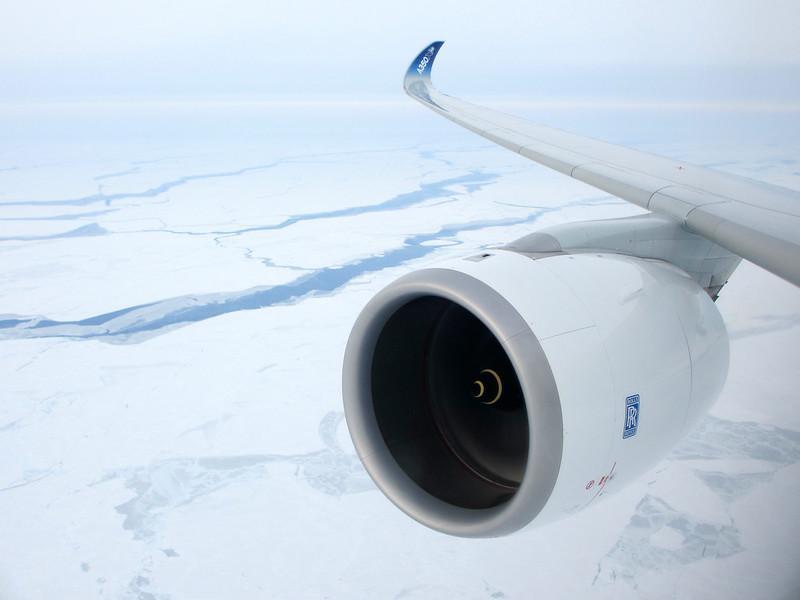
The re-opening of transatlantic flights has contributed to Rolls-Royce’s large civil engine flying hours reaching around 50% of 2019 figures but installed engine sales and aftermarket shop visit activity have remained stagnant this year.
During a trading update with analysts on Thursday (Dec. 9) the British engine maker says when placed next to the 43% engine flying hour average in the first half of 2021, it is projecting approximately 46% year-to-date.
With much of the commercial engine segment’s recovery driven this year by short-haul engine types, Rolls-Royce’s primary focus on larger engines for long-haul travel has meant a slower recovery time for that part of the aftermarket.
Warren East, CEO of the Derby-headquartered company, says Rolls-Royce anticipates a “significant” pickup in shop visit activity but this will be approached in an agile way due to the non-linear recovery of the market, with East citing new COVID-19 variants as an example.
“But the underlying trend is all forwards,” East says. “So that underlying trend will drive shop visits that is driving an underlying significant step-up in the load on our factories to build components for next year.”
East adds that this component demand will be determined on a week-by-week basis. “We’ll be looking at the actual demand for components from shop visits, whether that's paid on a time and materials basis or on a long-term service agreement basis. As far as we're concerned, the difficult bit is managing that load on our factories as the shop visit ramp comes towards us. But ours is going to be behind the rest of the industry because we're not servicing short-haul aircraft.”
Earlier this year in its H1 results published in August, Rolls-Royce projected about 400 major large-engine shop visits of powerplants under long-term agreements in 2022—nearly a third more than it saw in 2019. The increase comes after visits fell to 270 in 2020 and around 240 in 2021.
Overall, Rolls-Royce says it is ahead of schedule for achieving its $1.3 billion ($1.7 billion) savings target by the end of 2022 as part of a restructuring program launched in May 2020. By the end of this year, it will have removed around 8,500 job roles across all its divisions.
Restructuring also saw several divestments of Rolls-Royce divisions, including the sale of its Spain-based ITP Aero business to Bain Capital Private Equity for approximately €1.7bn.
Rolls-Royce is expected to publish its full-year results for 2021 on Feb. 24, 2022.





